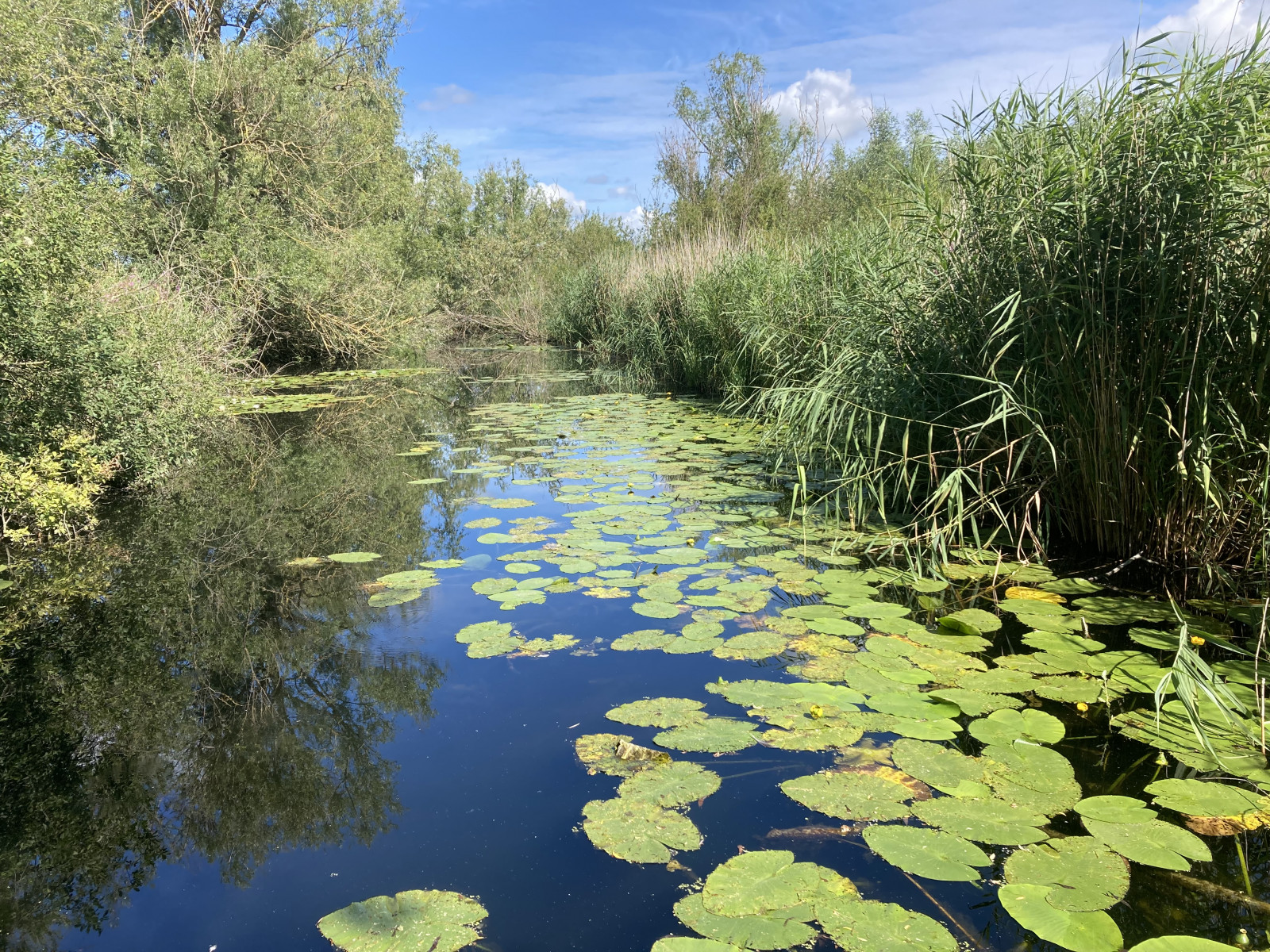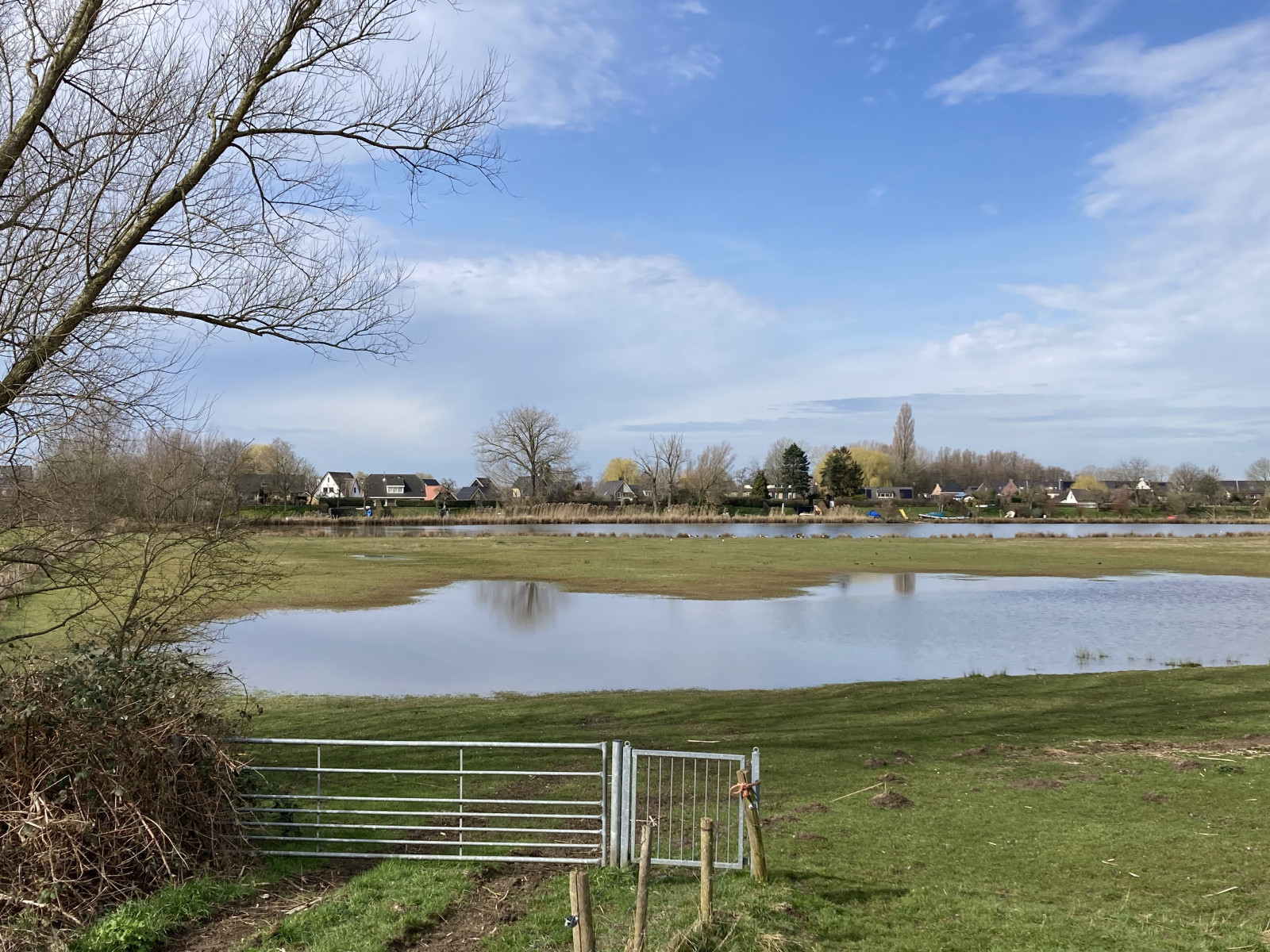Descrizione
The area of the western Linge banks is a varied patchwork of jagged banks with ponds, straits, swamp forests, reed beds, poplar stands and grasslands on both sides of the Linge. It is rich in many species of water, marsh and forest birds. During the breeding season one can find plenty of Forapaglie comune, Cannaiola verdognola, Cannaiola, Usignolo di fiume, Beccafico, Migliarino di palude and Pettazzurro. Here and there there is a chance of Salciaiola, Forapaglie macchiettato, Canapino maggiore, Usignolo, Cincia alpestre and Codirosso. Cuculo and Picchio verde are guaranteed in spring. The Martin pescatore breeds in a few places. The Airone rosso forages in the area. The Svasso maggiore is everywhere. A wandering Nitticora is possible.
In winter and early spring, parts of the floodplains are often flooded, with often meadow birds and waders, such as Pittima reale, Pettegola, Beccaccino and duck species such asAlzavola, Mestolone and Canapiglia. In the reeds you can hear Porciglione. An encounter with Beccaccia is not unlikely.
Nederlands: De Lingeoevers West liggen aan weerszijden van de Linge tussen Beesd en Arkel. Een afwisselend gebied waar veel soorten vogels te vinden zijn. Het gebied van de westelijke Lingeoevers is een afwisselende lappendeken van grillige oevers met plassen, strangen, moerasbossen, rietvelden, grienden, populierenopstanden en (extensieve) graslanden aan weerszijden van de Linge. Het is rijk aan veel soorten water-, moeras- en bosvogels. In de broedtijd kan men volop de Forapaglie comune, Cannaiola verdognola, Cannaiola, Usignolo di fiume, Beccafico, Migliarino di palude en Pettazzurro horen. Hier en daar is er kans op Salciaiola, Forapaglie macchiettato, Canapino maggiore, Usignolo en Codirosso. Cuculo en Picchio verde zijn in het voorjaar niet te missen. De Martin pescatore broedt op enkele plekken. De Airone rosso foerageert in het gebied. De Svasso maggiore kom je overal tegen. Een zwervende Nitticora is niet uitgesloten. 's Winters en in het vroege voorjaar staan delen van uiterwaarden vaak onder water, met veel kans op weidevogels en steltlopers, zoals Pittima reale, Pettegola en Beccaccino en eendensoorten als Alzavola, Mestolone en Canapiglia. In rietland en grienden kun je de Porciglione horen. Een ontmoeting met een opvliegende Beccaccia is niet onwaarschijnlijk.
S
Dettagli
Accesso
The area can be visited both by car and by bicycle. It is often difficult to park along the dikes. There is a small parking lot along the Meerdijk, click on the P in the map for directions to the parking lot.
_________________________
Nederlands: Het gebied is zowel met de auto als met de fiets te bezoeken. Langs de dijken is het vaak moeilijk parkeren. Er is een kleine parkeerplaats langs de Meerdijk, klik op de P in de kaart voor een routebeschrijving naar de parkeerplaats.






